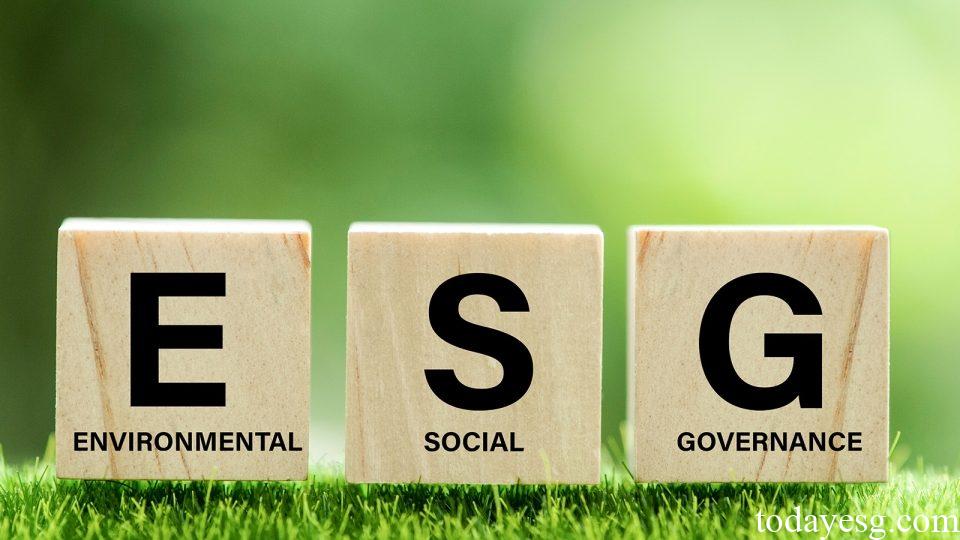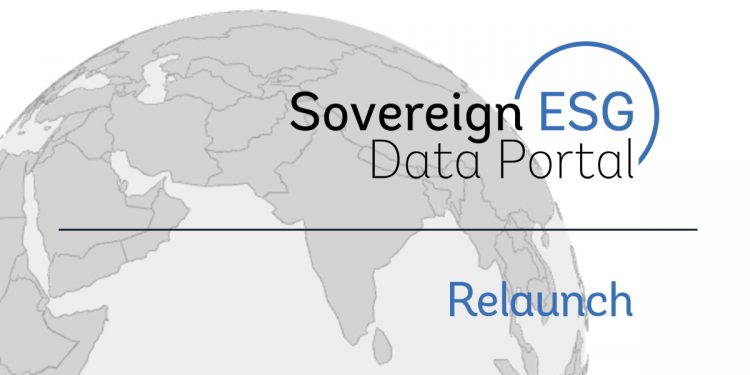Sovereign ESG Database
This post briefly introduces the World Bank Sovereign ESG Database. The World Bank Sovereign ESG Database includes 217 economies with a time range of 61 years and a total of 131 indicators. This database can serve as a reference for policy makers, academic researchers and financial market practitioners.

Framework for Sovereign ESG Database
For the three perspectives involved in ESG, the database is also divided into three parts: environment, society and governance. The World Bank defines each component:
- Environment: Measures the sustainability of a country’s economic performance, as well as its natural resource endowment, management, risk or resilience to climate change and other natural hazards. The environment component also focuses on the internalization of environmental externalities caused by economic activities, sustainable energy access and food security.
- Social: Measures the sustainability of a country’s economic performance, including meeting the basic needs of its population, reducing poverty, managing social and equity issues, and investing in human capital and productivity. The social component also includes demographic criteria related to stable long-term economic growth.
- Governance: Measures the sustainability of a country’s economic performance in the context of institutional capacity to support long-term stability, growth, and poverty reduction. The governance component also considers the strength of a country’s political, financial and legal systems and ability to deal with risks.
Related Post: Origin of ESG: Global Compact “Who Cares Wins”
Indicators of the Sovereign ESG Database
Under the three parts of environment, society and governance, the database continued to add some classifications, and designed different indicators in each classification.
| Pillar | Group | Indicator |
| Environment | Emissions & pollution | CO2 emissions (metric tons per capita) |
| Environment | Emissions & pollution | CO2 emissions (kt) |
| Environment | Emissions & pollution | GHG net emissions/removals by LUCF (Mt of CO2 equivalent) |
| Environment | Emissions & pollution | Methane emissions (metric tons of CO2 equivalent per capita) |
| Environment | Emissions & pollution | Nitrous oxide emissions (metric tons of CO2 equivalent per capita) |
| Environment | Emissions & pollution | PM2.5 air pollution, mean annual exposure (micrograms per cubic meter) |
| Environment | Energy use & security | Electricity production from coal sources (% of total) |
| Environment | Energy use & security | Energy imports, net (% of energy use) |
| Environment | Energy use & security | Energy intensity level of primary energy (MJ/$2017 PPP GDP) |
| Environment | Energy use & security | Energy use (kg of oil equivalent per capita) |
| Environment | Energy use & security | Fossil fuel energy consumption (% of total) |
| Environment | Energy use & security | Renewable electricity output (% of total electricity output) |
| Environment | Energy use & security | Renewable energy consumption (% of total final energy consumption) |
| Environment | Climate risk & resilience | Population density (people per sq. km of land area) |
| Environment | Climate risk & resilience | Cooling Degree Days |
| Environment | Climate risk & resilience | Heating Degree Days |
| Environment | Climate risk & resilience | Heat Index 35 |
| Environment | Climate risk & resilience | Standardized Precipitation-Evapotranspiration Index |
| Environment | Climate risk & resilience | Land Surface Temperature |
| Environment | Climate risk & resilience | Coastal protection |
| Environment | Climate risk & resilience | Level of water stress: freshwater withdrawal as a proportion of available freshwater resources |
| Environment | Climate risk & resilience | Proportion of bodies of water with good ambient water quality |
| Environment | Food Security | Agricultural land (% of land area) |
| Environment | Food Security | Agriculture, forestry, and fishing, value added (% of GDP) |
| Environment | Food Security | Food production index (2014-2016 = 100) |
| Environment | Natural capital endowment & management | Adjusted savings: natural resources depletion (% of GNI) |
| Environment | Natural capital endowment & management | Adjusted savings: net forest depletion (% of GNI) |
| Environment | Natural capital endowment & management | Annual freshwater withdrawals, total (% of internal resources) |
| Environment | Natural capital endowment & management | Forest area (% of land area) |
| Environment | Natural capital endowment & management | Mammal species, threatened |
| Environment | Natural capital endowment & management | Terrestrial and marine protected areas (% of total territorial area) |
| Environment | Natural capital endowment & management | Forest Cover Loss |
| Social | Access to Services | Access to clean fuels and technologies for cooking (% of population) |
| Social | Access to Services | Access to electricity (% of population) |
| Social | Access to Services | People using safely managed drinking water services (% of population) |
| Social | Access to Services | People using safely managed sanitation services (% of population) |
| Social | Demography | Fertility rate, total (births per woman) |
| Social | Demography | Life expectancy at birth, total (years) |
| Social | Demography | Population ages 65 and above (% of total population) |
| Social | Education & skills | Government expenditure on education, total (% of government expenditure) |
| Social | Education & skills | Literacy rate, adult total (% of people ages 15 and above) |
| Social | Education & skills | School enrollment, primary (% gross) |
| Social | Employment | Children in employment, total (% of children ages 7-14) |
| Social | Employment | Labor force participation rate, total (% of total population ages 15-64) (modeled ILO estimate) |
| Social | Employment | Unemployment, total (% of total labor force) (modeled ILO estimate) |
| Social | Health & Nutrition | Cause of death, by communicable diseases and maternal, prenatal and nutrition conditions (% of total) |
| Social | Health & Nutrition | Hospital beds (per 1,000 people) |
| Social | Health & Nutrition | Mortality rate, under-5 (per 1,000 live births) |
| Social | Health & Nutrition | Prevalence of overweight (% of adults) |
| Social | Health & Nutrition | Prevalence of undernourishment (% of population) |
| Social | Poverty & Inequality | Annualized average growth rate in per capita real survey mean consumption or income, total population (%) |
| Social | Poverty & Inequality | Gini index |
| Social | Poverty & Inequality | Income share held by lowest 20% |
| Social | Poverty & Inequality | Poverty headcount ratio at national poverty lines (% of population) |
| Governance | Economic Environment | GDP growth (annual %) |
| Governance | Economic Environment | Individuals using the Internet (% of population) |
| Governance | Gender | Proportion of seats held by women in national parliaments (%) |
| Governance | Gender | Ratio of female to male labor force participation rate (%) (modeled ILO estimate) |
| Governance | Gender | School enrollment, primary and secondary (gross), gender parity index (GPI) |
| Governance | Gender | Unmet need for contraception (% of married women ages 15-49) |
| Governance | Government Effectiveness | Government Effectiveness: Estimate |
| Governance | Government Effectiveness | Regulatory Quality: Estimate |
| Governance | Human Rights | Strength of legal rights index (0=weak to 12=strong) |
| Governance | Human Rights | Voice and Accountability: Estimate |
| Governance | Human Rights | Economic and Social Rights Performance Score |
| Governance | Innovation | Patent applications, residents |
| Governance | Innovation | Research and development expenditure (% of GDP) |
| Governance | Innovation | Scientific and technical journal articles |
| Governance | Stability & Rule of Law | Control of Corruption: Estimate |
| Governance | Stability & Rule of Law | Net migration |
| Governance | Stability & Rule of Law | Political Stability and Absence of Violence/Terrorism: Estimate |
| Governance | Stability & Rule of Law | Rule of Law: Estimate |
Reference:
Sovereign ESG Data Portal
ESG Advertisements Contact:todayesg@gmail.com








